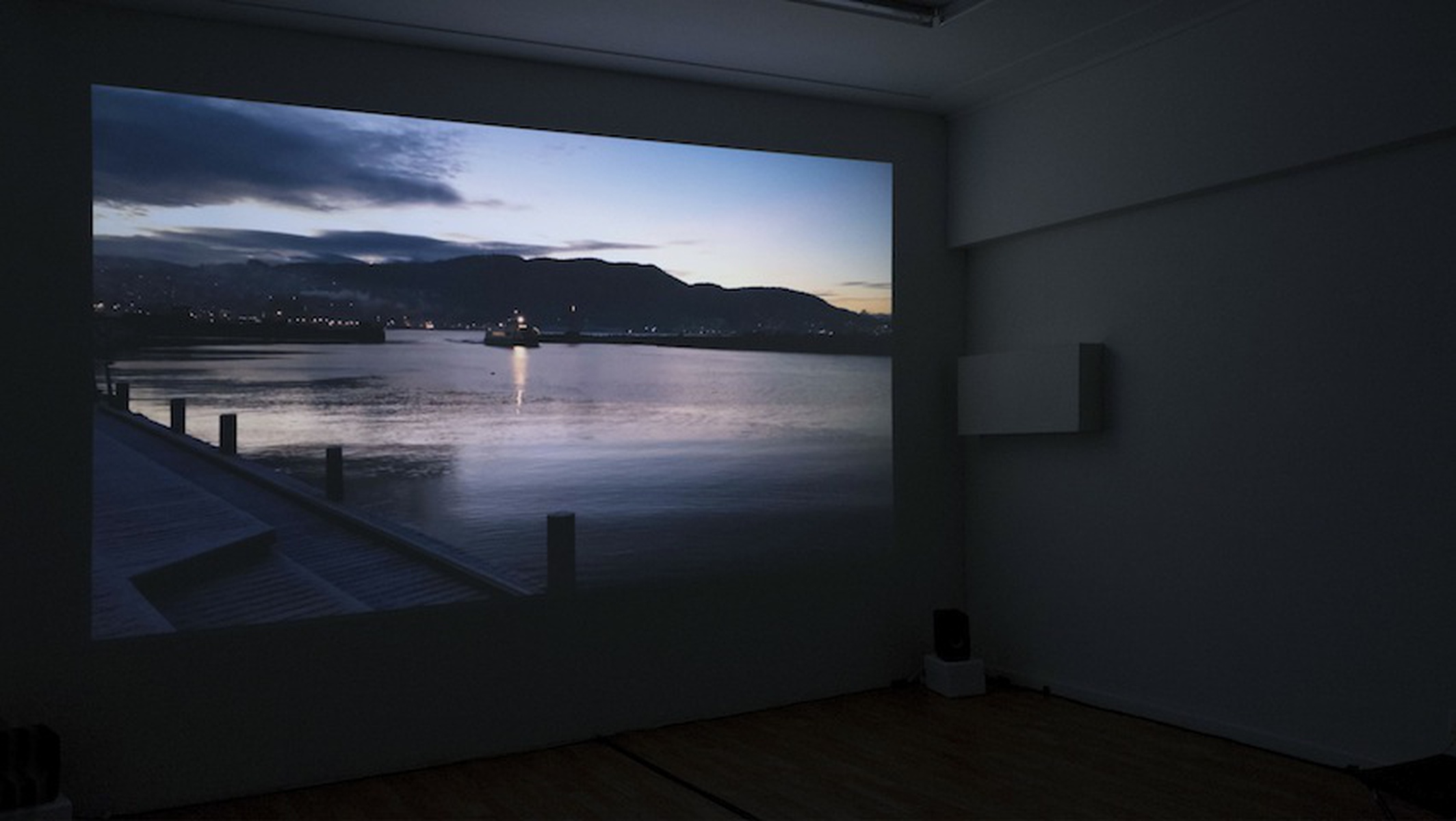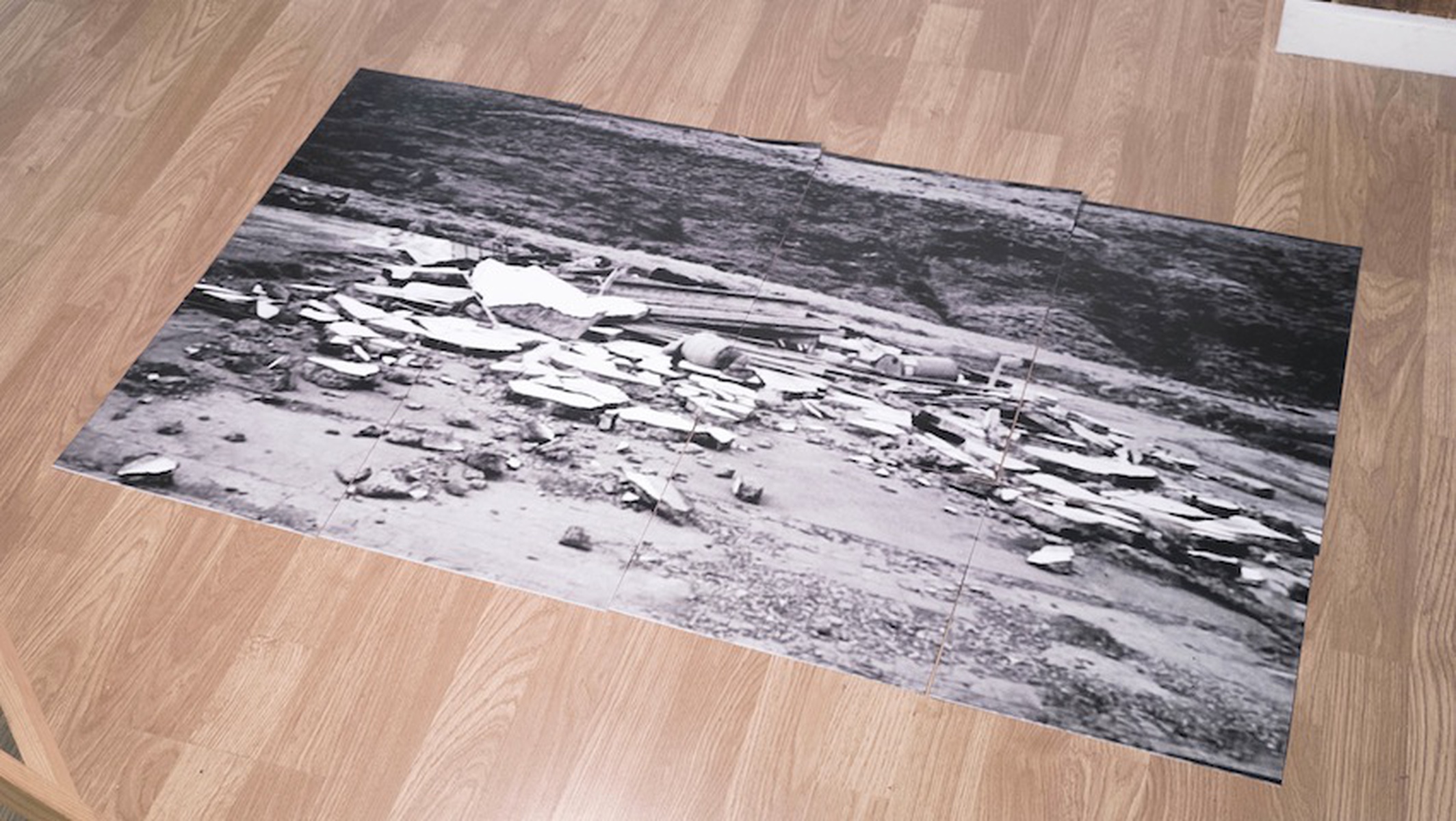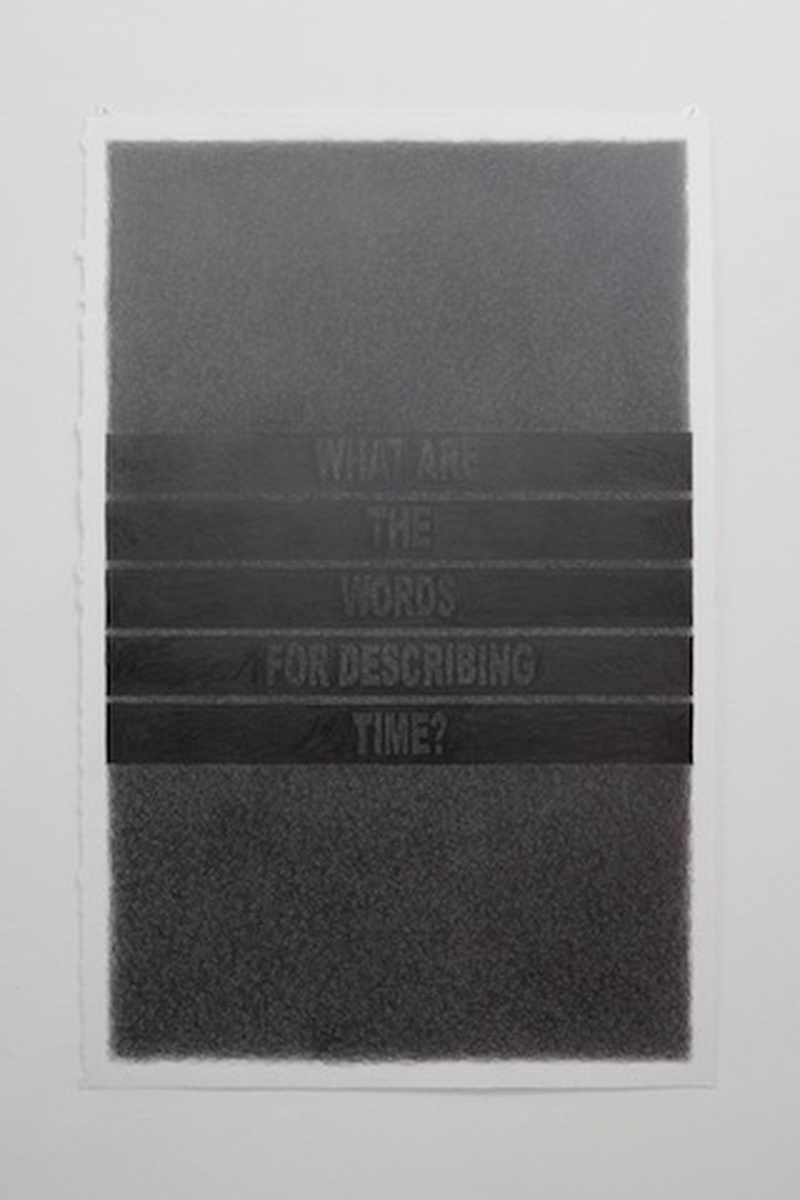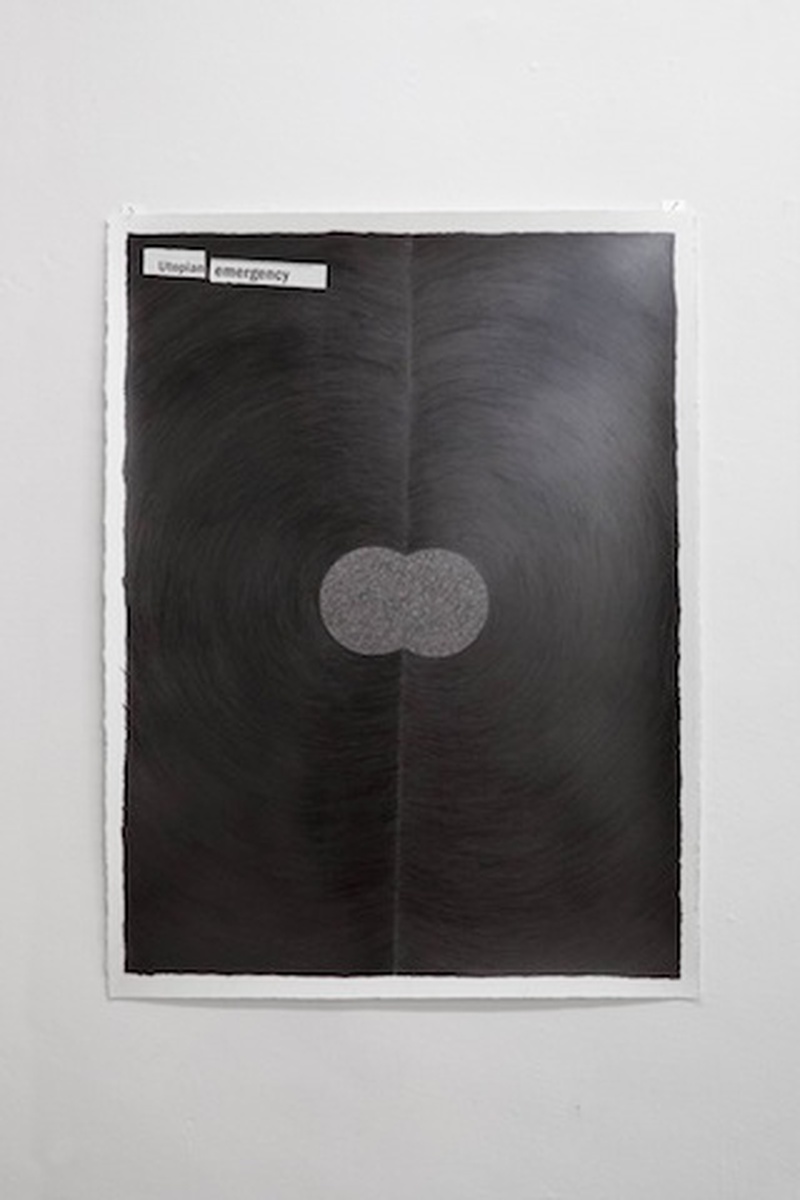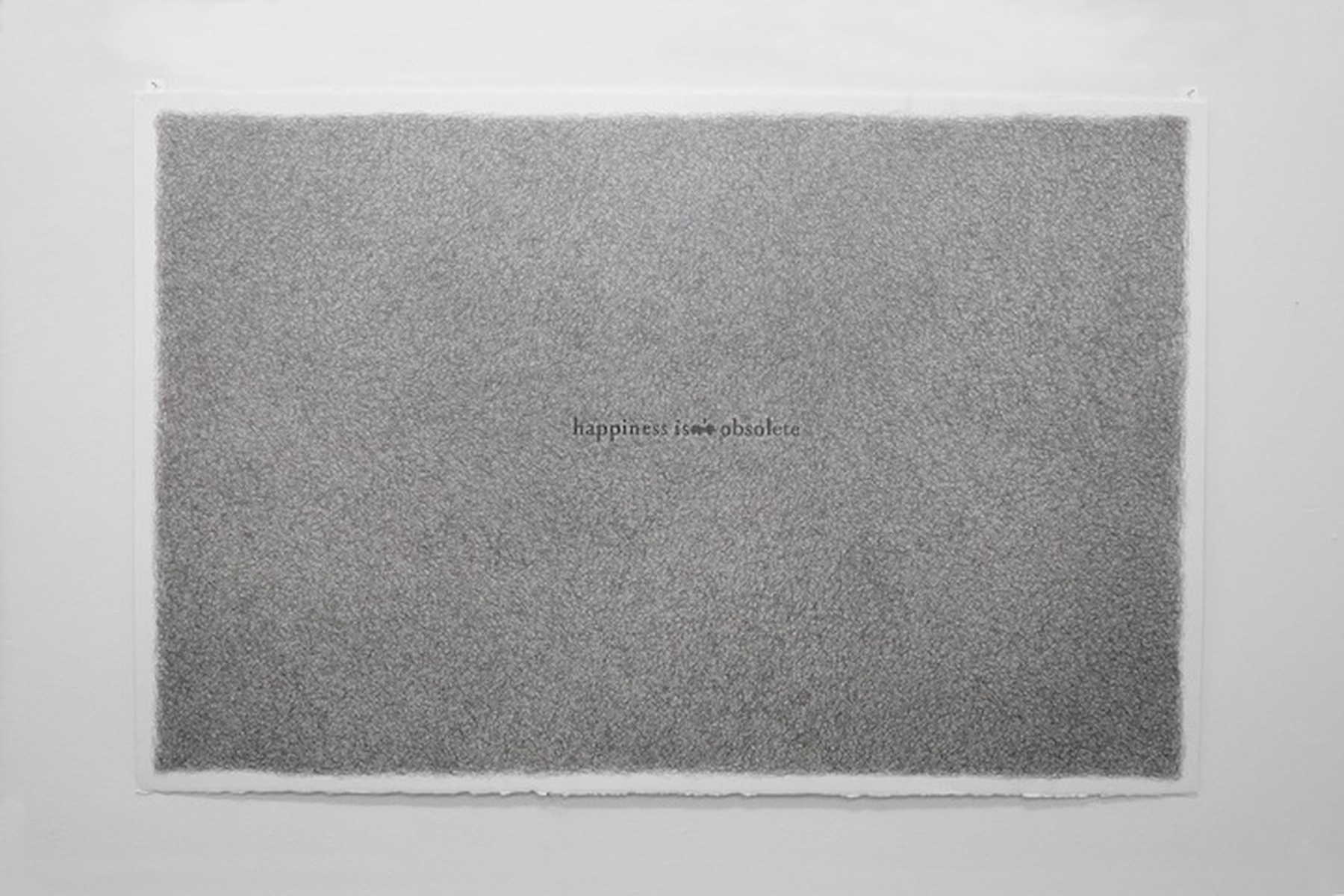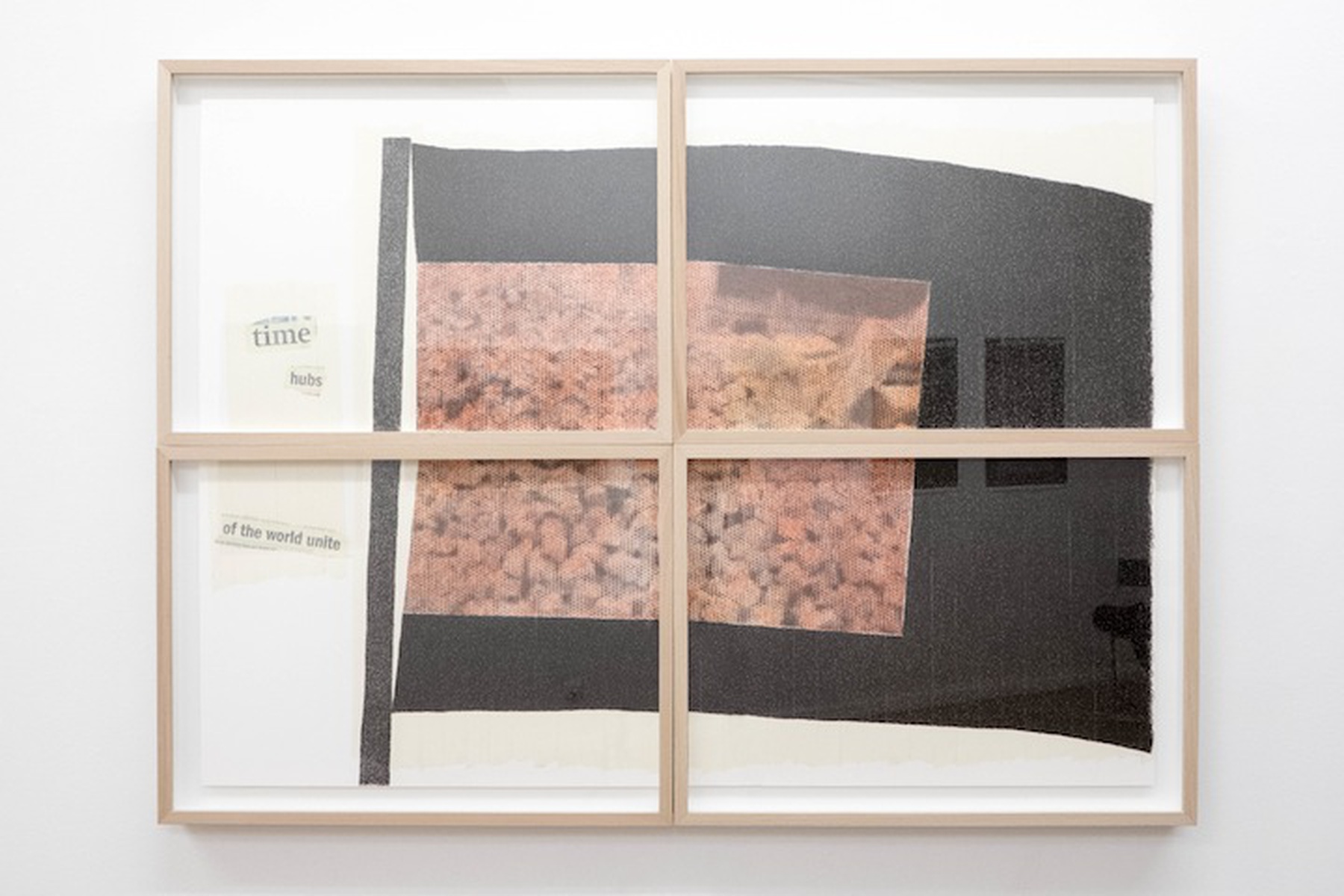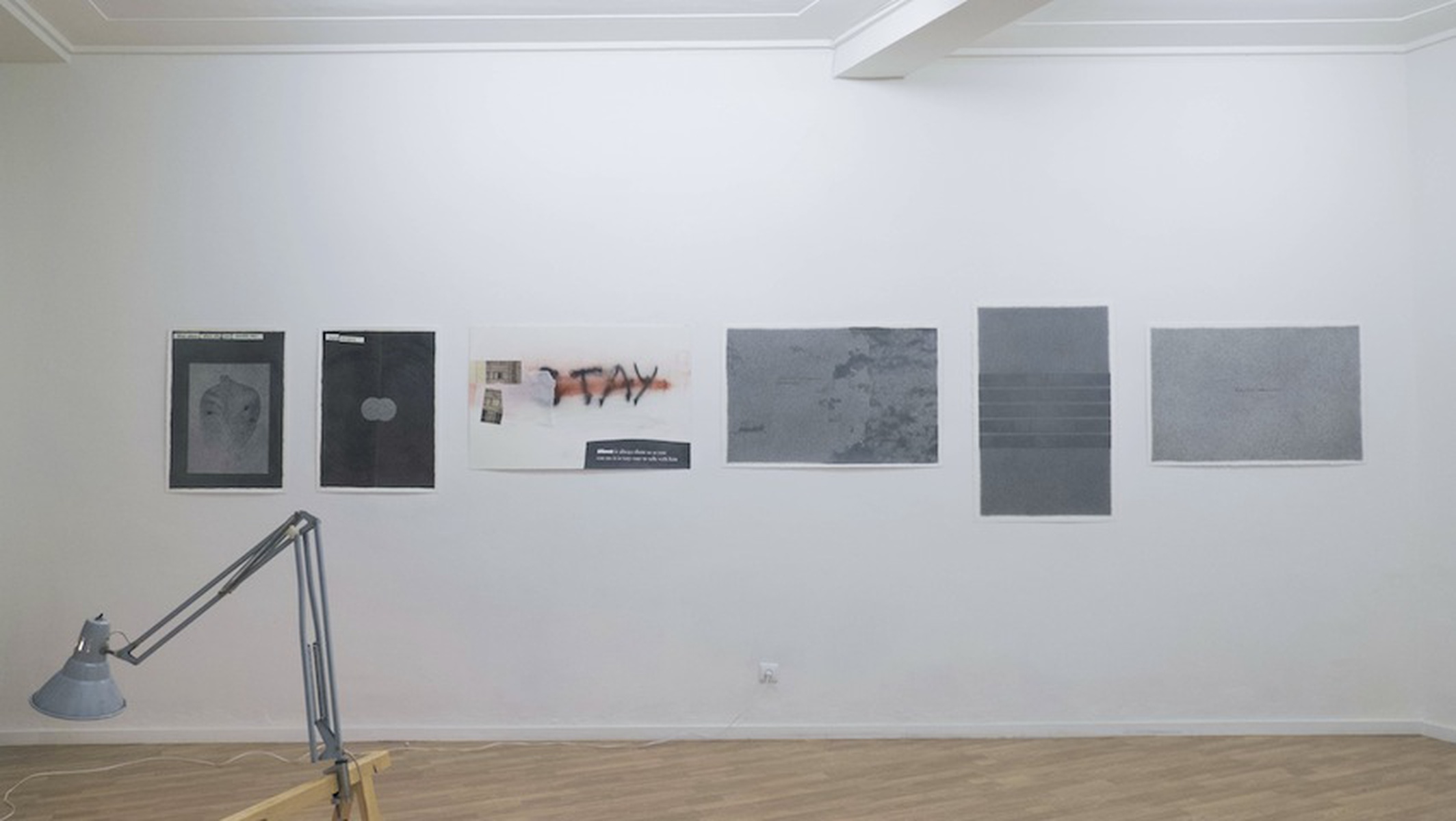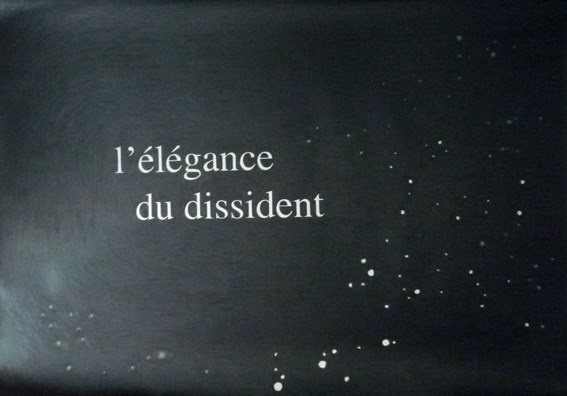From the exiled time or the emergence of utopia
Exhibition
21 Oct – 25 Nov 2017
Opening
Saturday, 21 October 17:00
Free admission
Snatch gladness from the days that are
(Óscar Faria)
The question of the avant-garde is one of the central topics of Fernando José Pereira’s exhibition. This subject appeared recurrently not only during the process of selecting the works, but also whilst installing the pieces at Sismógrafo. The artist intends to inscribe his practice in a lineage where the question of relations between art and politics always assumed an important role. This is a pertinent debate, especially in the year we commemorate the 100 years of the Russian Revolution, underlying here the coincidence between this show and the rise to power of the Bolchevique Party led by Lenin. It is this historical moment that marks the beginning and the end of a series of artistic movements that aim to transform the world and change life: constructivism, suprematism, raionism, cubofuturism, etc.
By claiming that tradition, Fernando José Pereira places his work before a paradox, for if the avant-gardes had its historic moments well defined, both in the beginning of the XX century and in the post World War II, specially in the sixties up until documenta 5 of Kassel, the conditions for the possibility of its affirmation have changed drastically. Which doesn’t mean to abandon the necessity to discuss what to do when even the most resilient practices encounter a scene where all this is reduced to constant entertainment.
Is it possible for avant-garde to exist nowadays? Being its replica positive or negative, the margin of error is too big for us to risk a definitive answer. There is a hypothesis of work that may serve as a starting point for this question: the famous sentence by Marcel Duchamp “The great artist of tomorrow will go underground” which closes the essay “Where do we go from here?” (Philadelphia Museum College of Art, March 1961). Thus, looking at the context of contemporary art, this premonition by the French artist seems to make total sense: it is in these borderline zones of the artistic world that we can still detect a certain friction related to the dominant discourses, governed mostly by the economy.
Maybe that is why it may be more productive, at least for now, to displace the question of the avant-garde, it too affected by numerous contradictions, for another formulation, another level. The work of Fernando José Pereira is modern, it is absolutely current and lays at its center problems related not only to the artistic making, but also with the way through which art and politics can merge in works with an accurate aesthetic component – and in this case we also have the legacy of the avant-garde practices of the XX century. It is this relation with a present at crisis that emerges as a major force in this work: the collision between the intimacy of the artist and his vision of a devastated world.
The exhibition at Sismógrafo is composed of drawings and two videos. In both cases, time itself is the works’ subject. The time in which the works are produced, the time in which they are shown. The individual time and the collective time. The life and the epoch manifested through works of art. If in the 1910s or 1960s this intersection of times was turned into works with a strong component of “originality”, today the individual manifestations, stripped of all romanticisms, have made the notion of the real operative. Not anymore that return to the real that Hal Foster spoke about, not even some neo- realism, but the rehabilitation of real quotidian (Mário Cesariny), precisely this, from where unique experiences emerge that help us to understand other existences, to discover different worlds and to understand that beyond aesthetics, there is an ethic of the essential resistance so that an idea of avant-garde is still able to subsist.
If the traveller is the figure that in the videos of Fernando José Pereira defines our era – and sad time, ours, in which the tourist has taken over our landscape, shaping it in all its most palpable aspects –, it is mainly in the body of drawings that we detect this intimate connection to the history of avant-garde. The persistence in this activity, standing out the detail in which these works are created, is in itself an act of protest towards the way in which we are expropriated of those needed hours for the development of critical thinking, which, in its turn, will consolidate a practice, in this case, artistic. At Sismógrafo we reveal only some of the most recent examples of this type of works, however, this option has as a goal to make a counterpoint with the moving images also present in the rooms.
There is a formal quality to these works that deserves being underlined. They suggest the thinking of time. Our time without time. The time of the making of these works, that presuppose a studio practice in which endless hours are invested. The time in which we see them and in which we realize the sentences included in them, either as collages – together with the assemblage, the great contribution of the avant-garde to the History of Art –, or as a word of order: “stay”, that Trompe-l’oeil of a graffito, a gesture that bursts from the street to challenge us to act or, better, as is this case, not to act.
It is necessary to listen to this voice that repeats, amidst waiting at an airport, “how many hours do you have left?” It is primordial to read these words that tell us: “utopian emergency”. It is indispensable to give time to time. And in this way return to the ideas of Malevich, of Maiakovski:
One must snatch gladness
from the days that are.
In this life
it's not difficult to die.
To make life
is more difficult by far.
Fernando José Pereira lives and works in Porto. He holds a Degree in Fine Arts from the University of Porto and a PhD in Fine Arts at the University of Vigo (with the thesis: Contemporary art. The utopia of an exiled existence. The numerical developments as a new aporetic (im)possibility, 2001). He received several research scholarships from the Calouste Gulbenkian Foundation (1985/1989, 1997/98, 1999/2001). He is co-director of the virose.org project and researcher at the Institute of Research in Art and Design. He regularly exhibits in museums, galleries and other venues, the most recent being: "The 10th Berlin International Directors Lounge [DLX]", Berlin, Germany. (2014); “Todo lo que pueda desertar | Anything that might desert”,, Adhoc Gallery, Vigo, Spain; "Region 0. The Latino Video Art Festival of New York". King Juan Carlos of Spain Center at NYU, New York, USA (2013); “Colección: adquisiciones e incorporaciones recientes”, Galician Center for Contemporary Art, Santiago de Compostela, Spain, (2013); "Serralves Collection: Recent Works", Serralves Museum, Porto, Portugal, (2013). He has also works in the following public collections: Serralves Foundation, Contemporary Art Institute, Centro Galego de Arte Contemporânea (CGAC) Neo-Realism Museum, Calouste Gulbenkian Foundation, Lisbon City Museum, PLMJ Foundation Collection, Ilídio Pinho Foundation, University of Porto. He is the author of several published texts, the most recent being “Projecto de expansão de um tripé para terminar em bico”, in Outra vez não - Eduardo Batarda, Foundation of Serralves, Porto, 2012; “A aragem da Utopia”, in History of Art - contemporary essays, Brazil, 2011; "News of the Desolation - Notes on Art and real ", in The International Journal of The Arts in Society, 2010, Illinois, USA. He participates in congresses and conferences, most recently at the Finnish Academy of Arts in Helsinki, 2014; at the “Skaftfell Center for Visual Art”, Seyðisfjörður, Iceland, 2012 and in "Looking North conferences", Newcastle, UK, 2010.
Exhibition
21 Oct – 25 Nov 2017
Opening
Saturday, 21 October 17:00
Free admission

